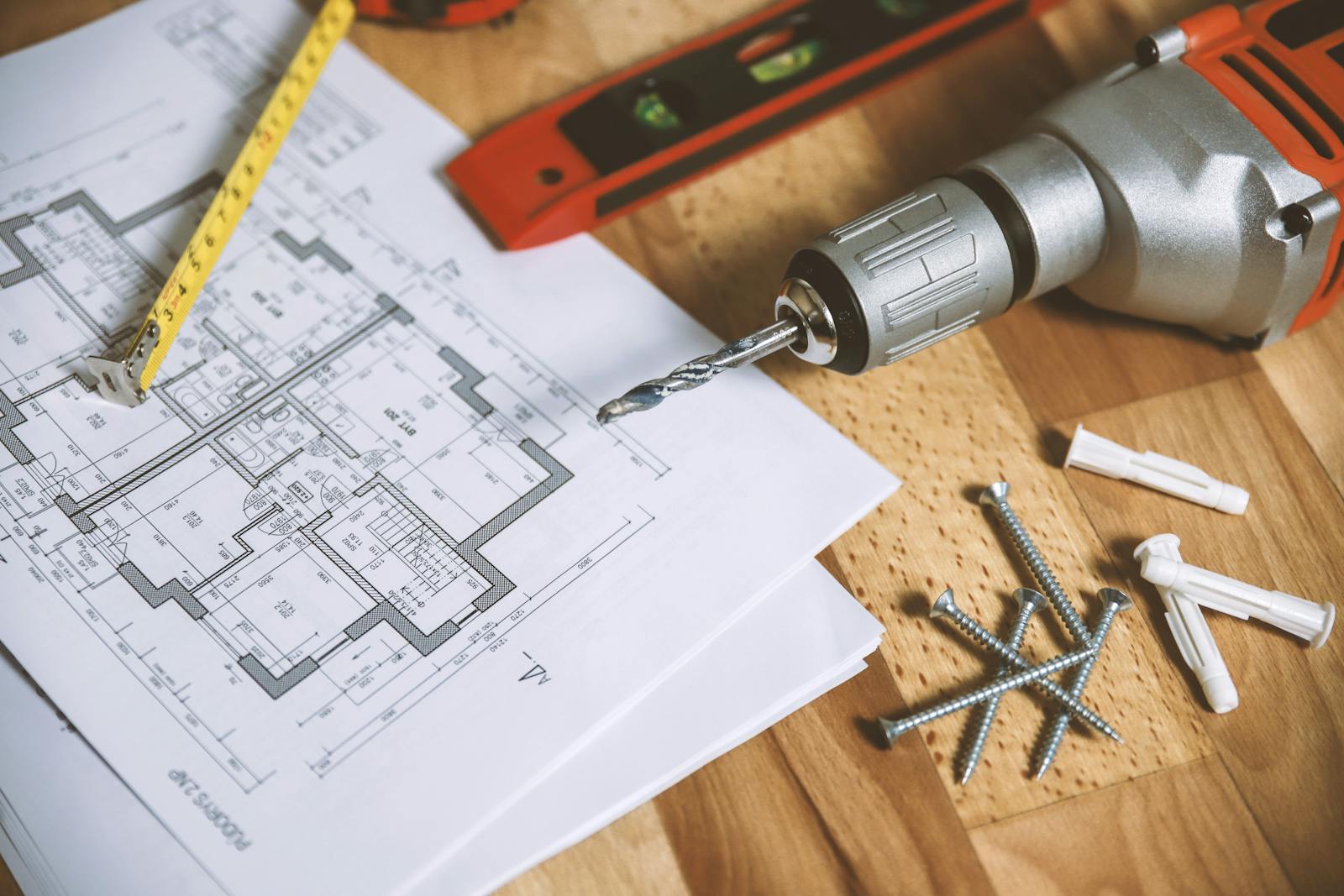When it comes to selling a home or preparing to move up to a larger space, your small house has the potential to make a big impression. The exterior and interior aesthetics of your house can play a significant role in capturing the interest of potential buyers. By creating an illusion of greater space, you can make your small house stand out, making it feel larger and more inviting.
There are numerous simple and effective ways to make a small house appear more spacious and open. By implementing a few straightforward strategies, you can transform your home into a more appealing and marketable property, ensuring that it catches the eye of every potential buyer who walks through the door. Let’s learn how to make your house look bigger, outside and inside.
Tips for How to Make a Small House Look Bigger
The Power of Paint
Paint is a powerful tool for making a small house appear larger. Strategically using paint colours, both inside and outside, can completely change the perception of space, making rooms feel open and airy and the exterior more inviting and expansive.
Opt for lighter shades such as beige, soft gray, and white for the bulk of the exterior. These colours reflect more light and can make the house look larger and more welcoming. Employ darker shades for trims, windows, and doors to add depth and dimension without overwhelming the overall appearance. Darker accents can highlight architectural features, making them stand out and add visual interest.
For the interior, light shades such as pastels, light greys, and beige can create an illusion of larger spaces. These colours reflect more natural and artificial light, making rooms feel airy and expansive. Ensure a cohesive colour palette throughout the interior to create a seamless flow from room to room. This continuity prevents visual interruption and makes the entire space feel more unified and spacious.
Strategically placing darker colours in a room can paradoxically create an impression of greater space by adding depth and dimension to the environment. For instance, painting one wall in a darker shade while keeping the other walls light can draw the eye outward, elongating the perceived dimensions of the room. By carefully selecting where to place these darker colours, homeowners can transform a small, constrained room into a visually dynamic and seemingly larger space.
Utilize Architectural Details
Several elements can work together to maximize natural light, create a sense of depth, and enhance the visual flow between indoor and outdoor spaces:
Horizontal Siding – Incorporating horizontal siding can elongate the visual width of the house, making it appear broader and more spacious.
Large Windows – Installing larger windows is key to bringing in ample natural light, making any room feel larger and more inviting. Large panes minimize obstructions and offer unobstructed views, helping blur the lines between indoor and outdoor spaces.
Sliding Glass Doors – Sliding glass doors, especially those that open onto a patio or garden, can significantly enhance the sense of space. These doors serve as functional barriers that can be easily moved to merge indoor and outdoor living areas. The transparent barriers ensure that they don’t disrupt the visual continuity even when closed.
French Doors – French doors offer the additional benefits of elegance and aesthetic appeal. Opening both doors can provide a wide entryway that facilitates easy movement between spaces, enhancing the overall flow and feel of a larger area.
Free Up Floor Space
Improving the flow and usability of each room can contribute to a cleaner, more organized appearance, which naturally enhances the sense of space. Choose pieces that serve more than one purpose, such as ottomans with storage compartments, sofas that convert into beds, or dining tables with built-in shelves. Multi-functional furniture saves space by reducing the number of items needed, making the room less cluttered. However, make sure it fits the scale of the room. Overly large furniture can overwhelm a small space, while appropriately sized pieces can make the room seem more spacious.
To maximize space, utilize built-in storage options like recessed shelves, under-bed drawers, and wall-mounted cabinets. These solutions help keep belongings organized and out of sight, keeping the living areas free from clutter. Use vertical space by installing tall shelves, hanging storage units, and stacking storage boxes. Vertical storage draws the eye upward, emphasizing the height of the room and making it feel larger.
Arrange furniture to create clear, unobstructed pathways through rooms. Avoid placing large pieces in high-traffic areas to ensure easy movement. This layout not only improves the functionality of the space but also prevents it from feeling cramped.
Whether you’re wondering how to make a small house look bigger before you list it for sale, or you’re ready to make your move into new home, partnering with a real estate expert can make all the difference. Contact your local REMAX agent to start your journey toward a successful home sale and your dream upgrade.
Source: https://blog.remax.ca/how-to-make-a-small-house-look-bigger/?fbclid=IwY2xjawOVYUdleHRuA2FlbQIxMABicmlkETFBenhlOEZ6VG84ajVCZGc1c3J0YwZhcHBfaWQQMjIyMDM5MTc4ODIwMDg5MgABHqgbe6YLWAoqIm92W8IABh-ti7lUrfgk49hS8fVF3sOv_dRU66Uz-pOspPr8_aem_kSDQU7DMfuQ8UEve7slSfA
















